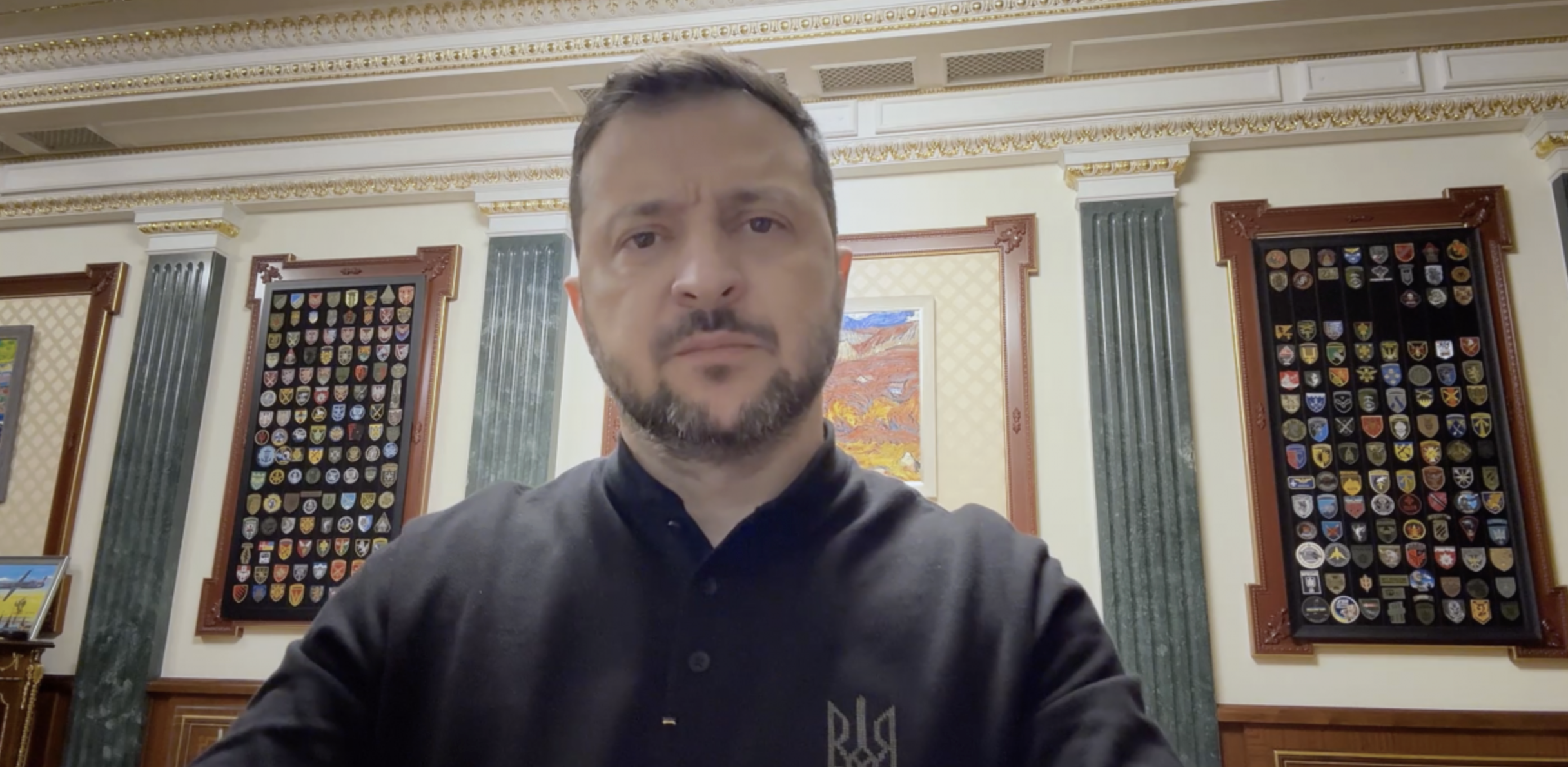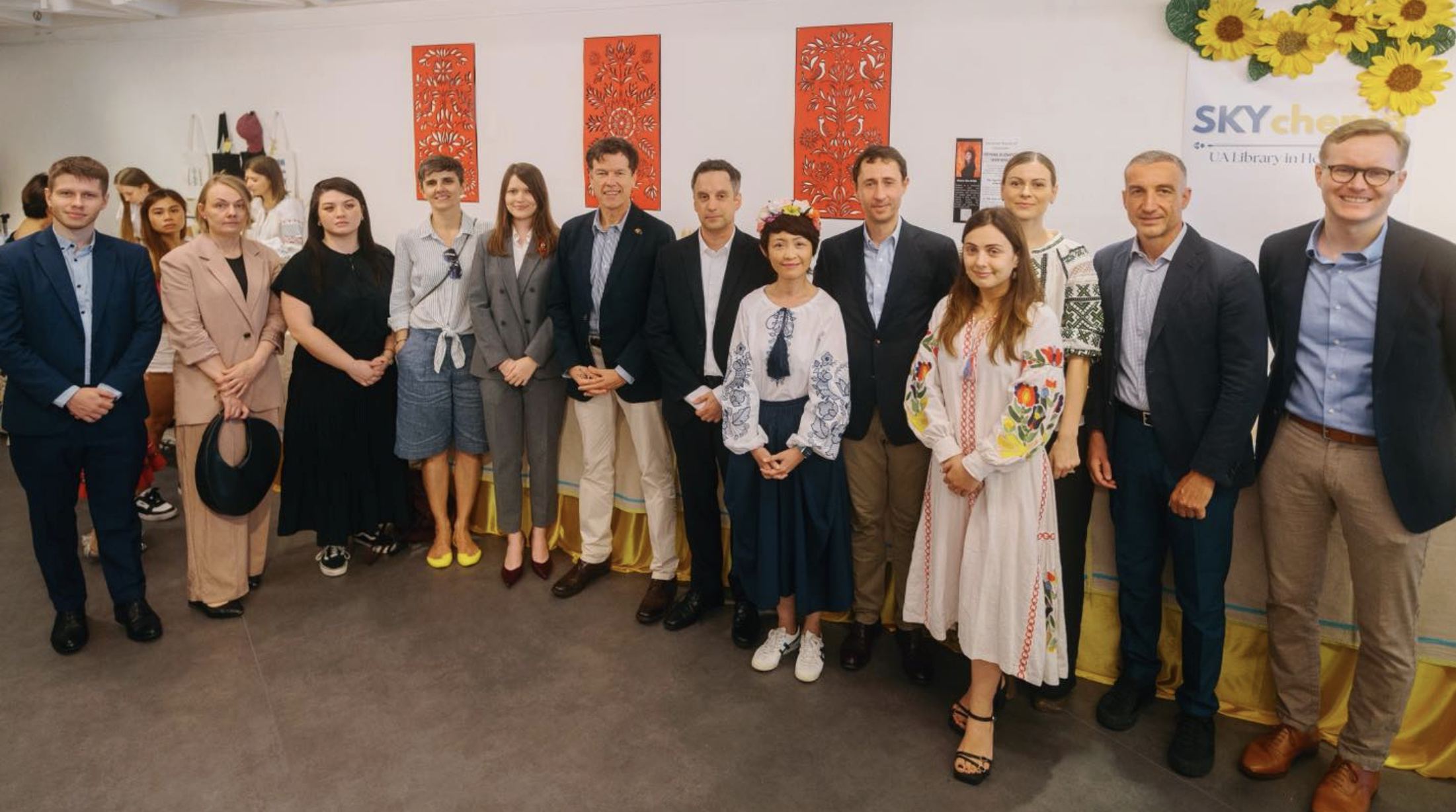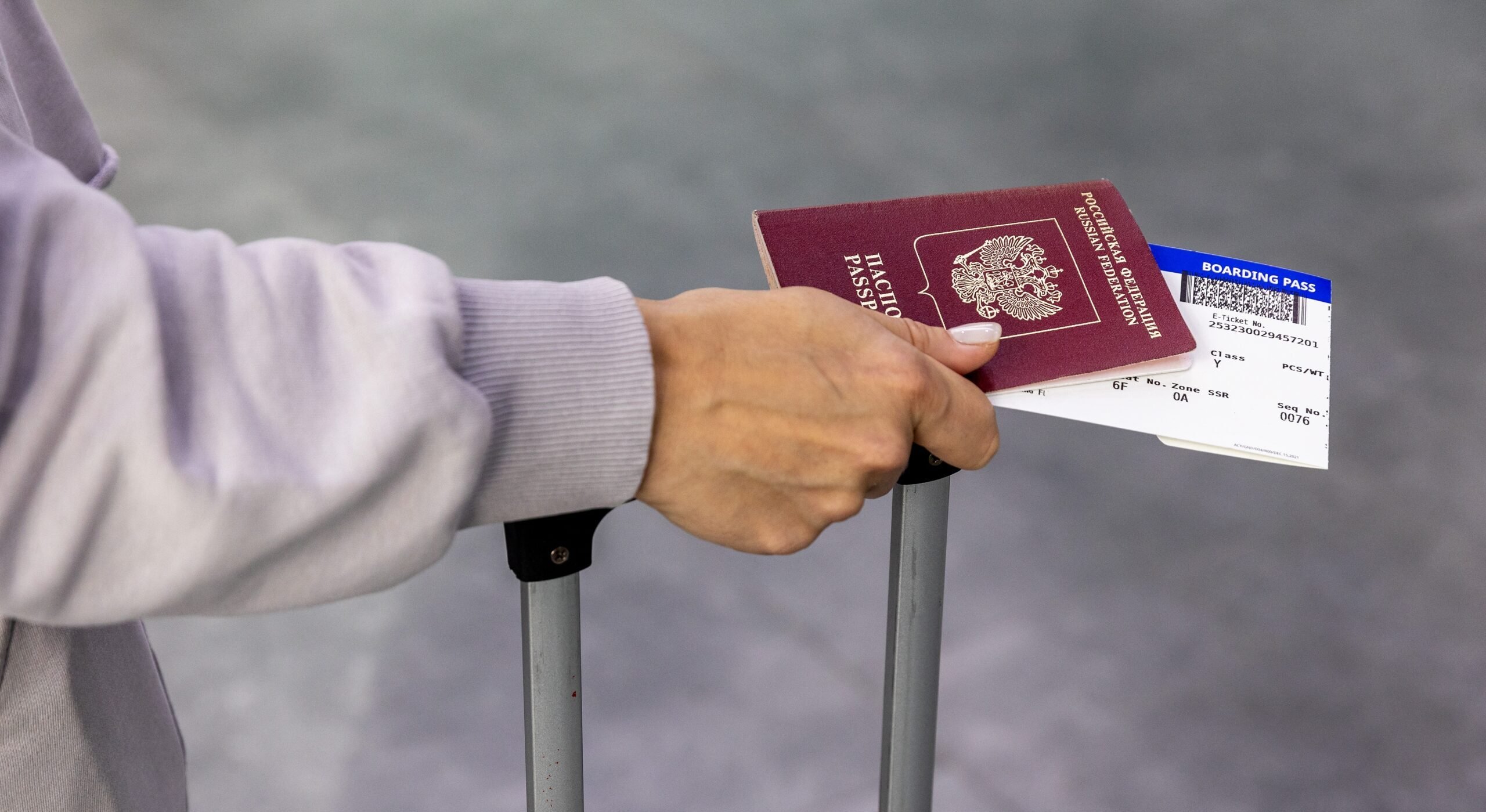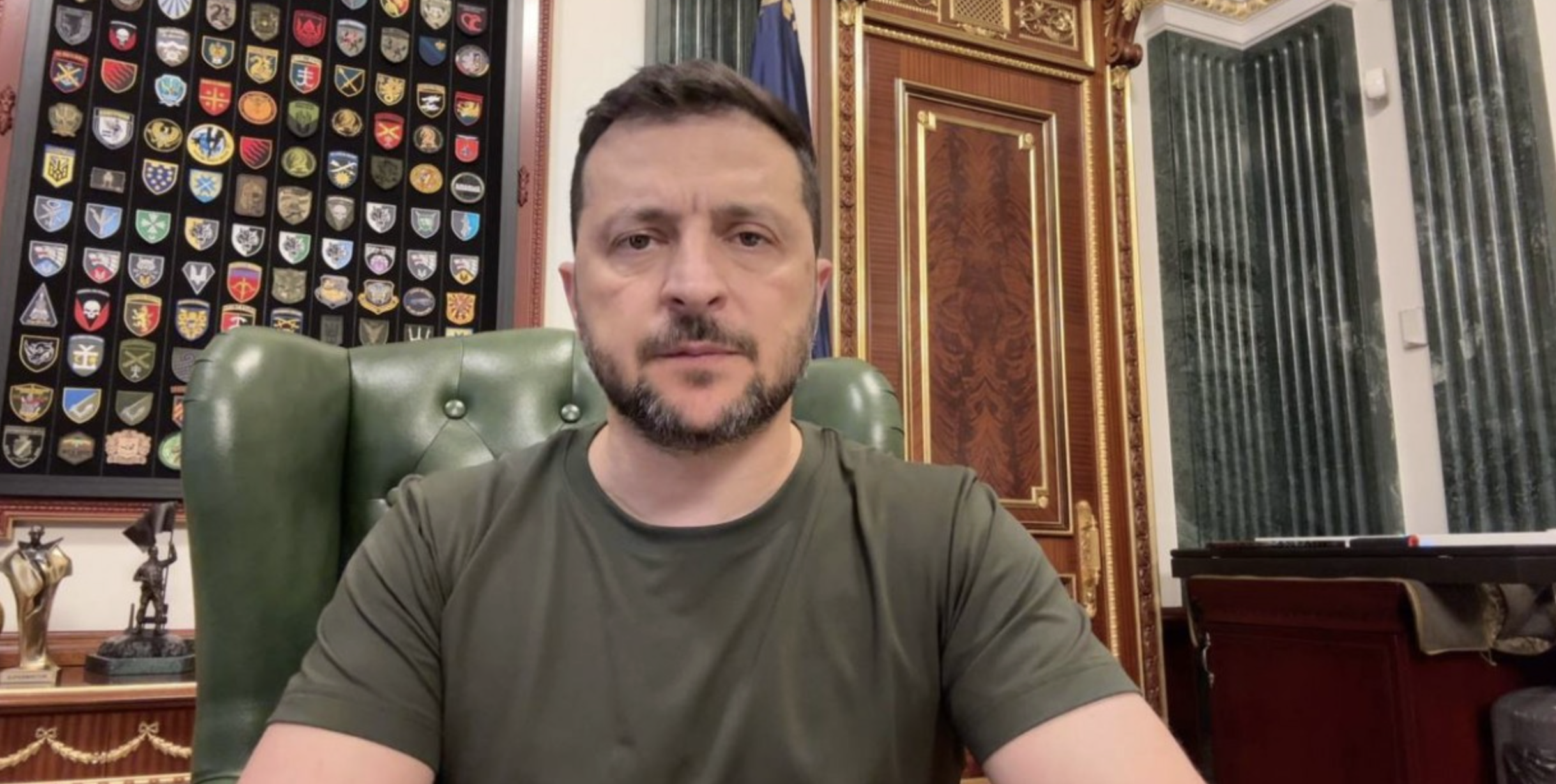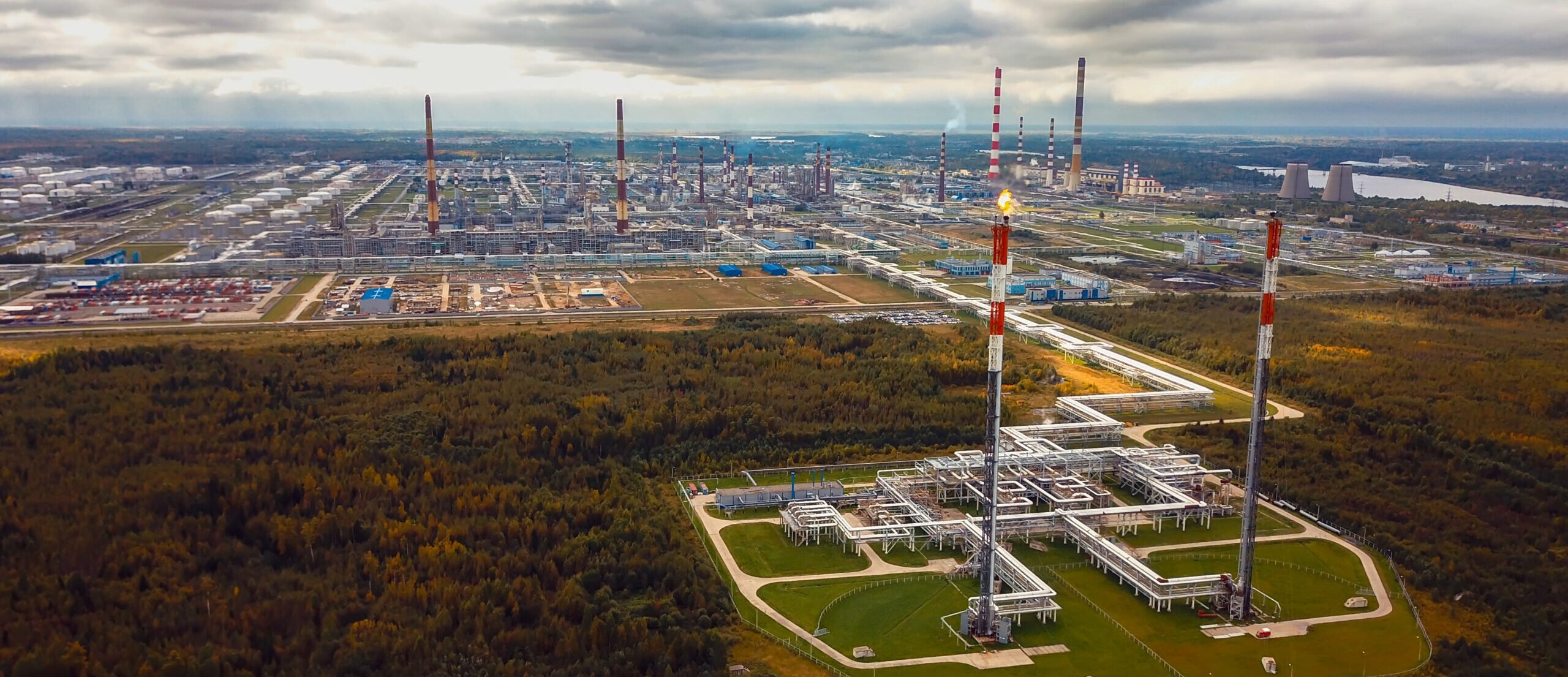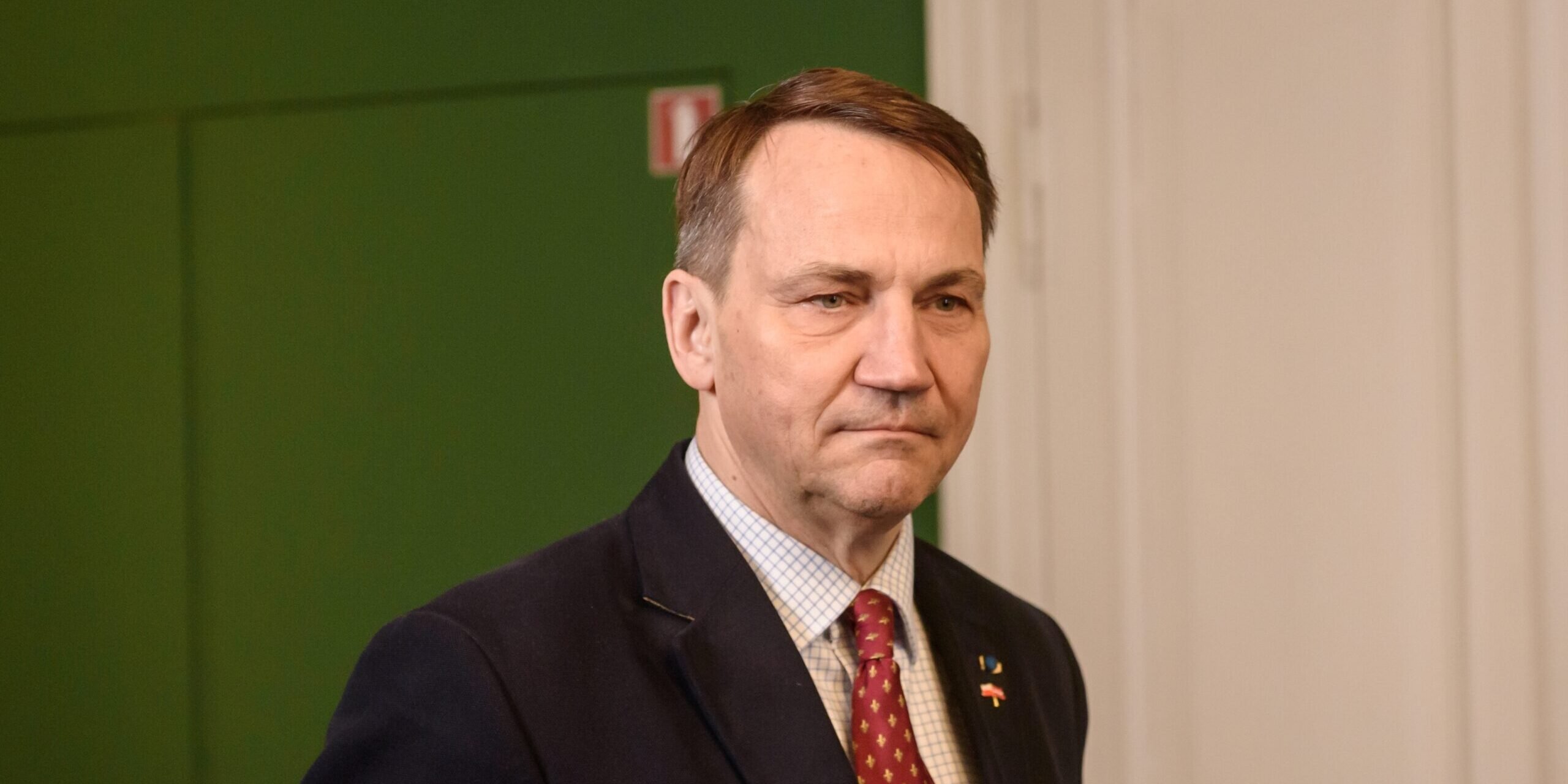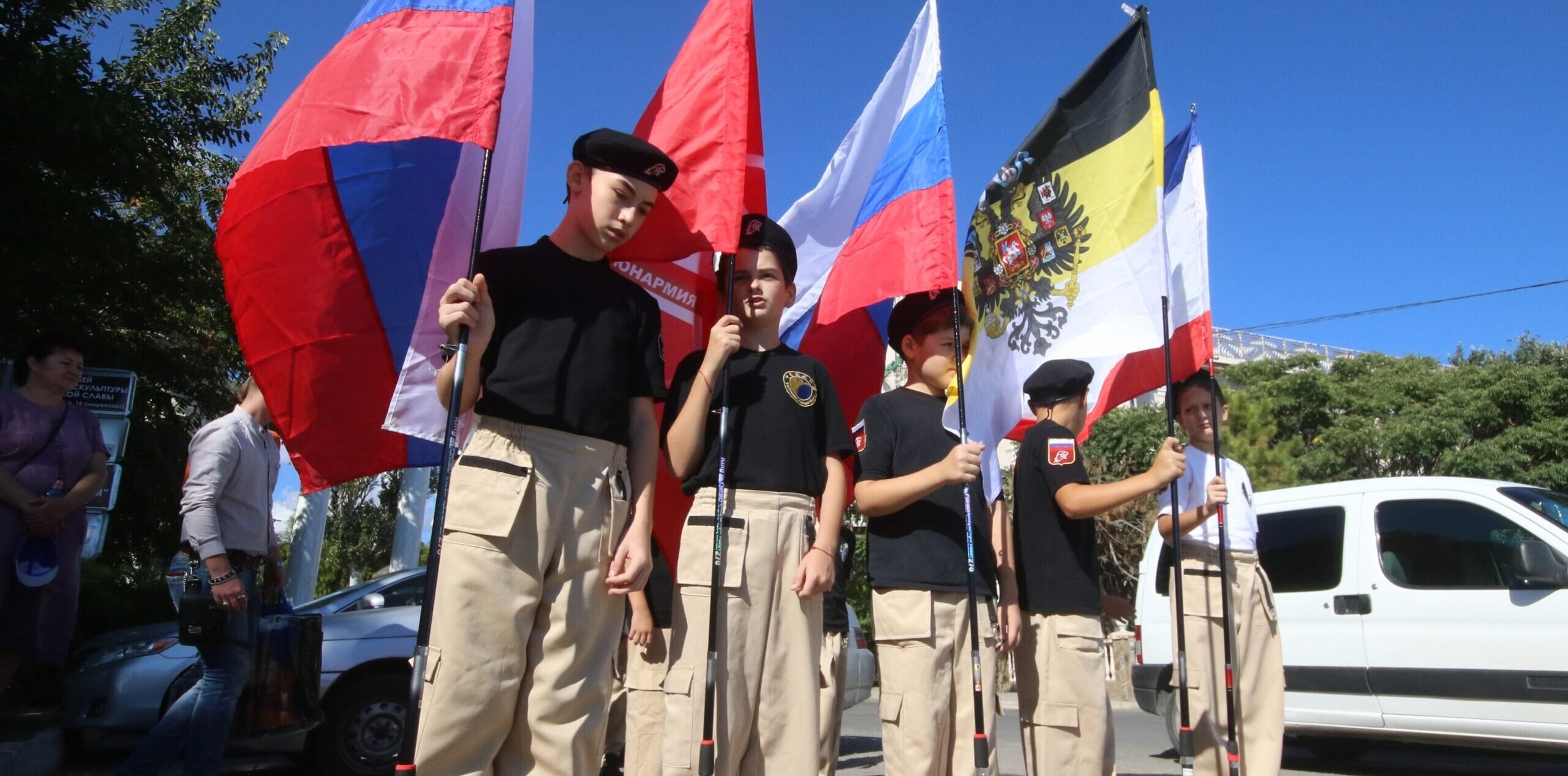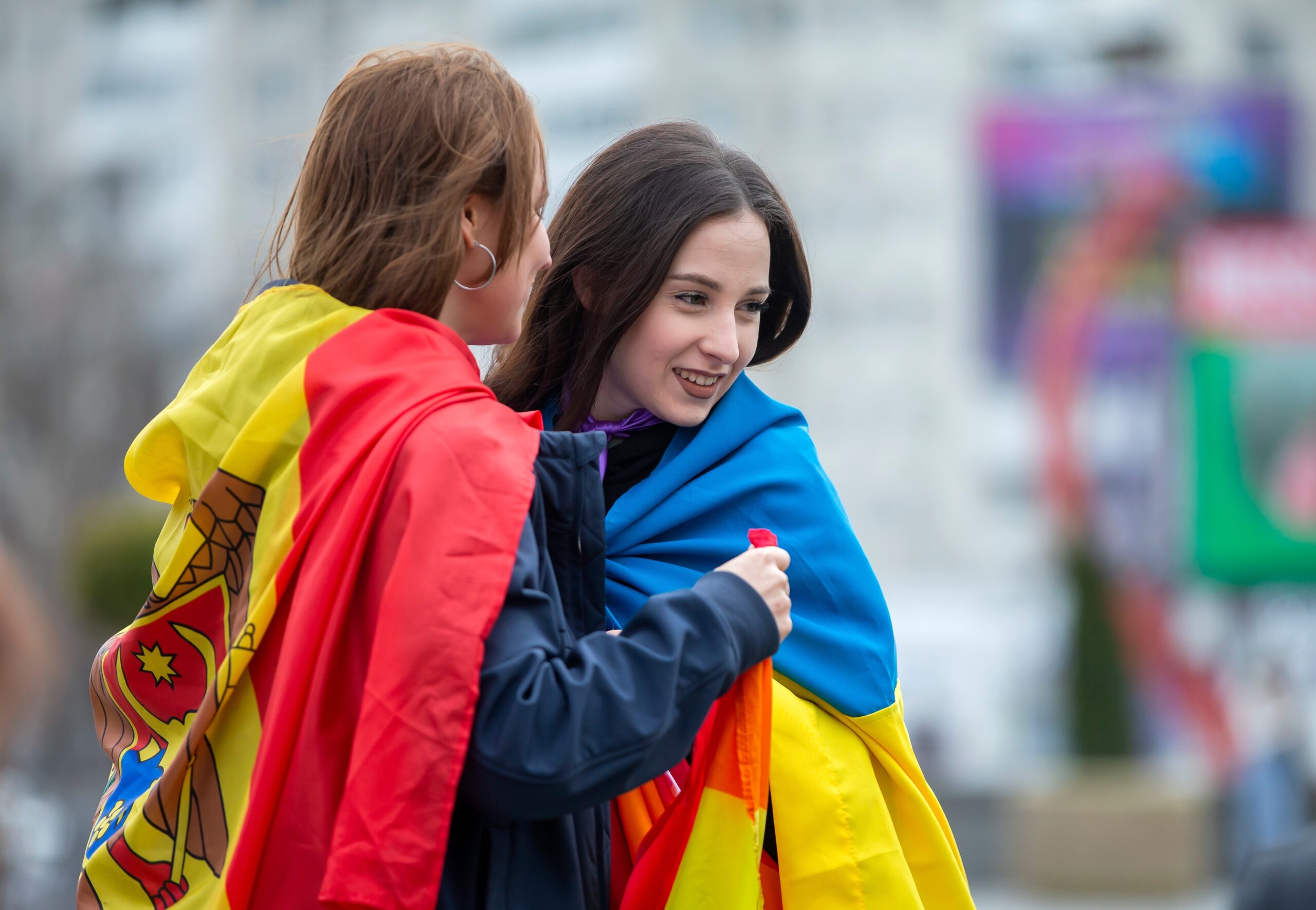
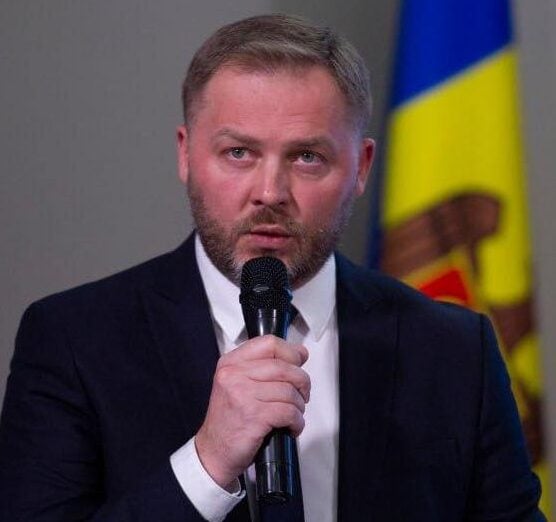
by Dmitrii Lecartev, head of the National Congress of Ukrainians in Moldova (NCUM)
Source: Lecartev on Facebook
Ten percent: one in ten people in Moldova are Ukrainian
Ahead of the Moldova-EU Summit on July 4, where the Republic of Moldova’s progress on reforms, transparency, legal standards, and alignment with the EU standards will be observed, there’s a cone in the road that many would prefer to quietly swerve around.
But if you’re not careful, you might accidentally stumble into the topic of Ukrainians in Moldova, and fall straight into the grey zone.
By a twist of historical circumstances spanning six centuries, Ukrainians gradually settled in Moldova and made it their home. Quietly and without fanfare, they found their place in society: in schools and hospitals, running farms and businesses, driving trucks, working in universities and humanitarian organizations.
Today, Ukrainians form majorities or sizable minorities — ranging from 35 percent to 95 percent in 130 villages and towns across Moldova.
This relatively small and seemingly invisible community of just 120,000 people has skillfully remained off the radar of Moldova’s national development strategies, including the “European Moldova 2030” Strategy, regional development plans, and even the EU Growth Facility.
Yet for years, this community has played a crucial role in sustaining entire regions — especially in the north — while staying largely outside the political and social spotlight.
And we’re not talking about refugees. But if we do mention them, it’s worth noting that another 130,000 Ukrainians have settled in Moldova since the start of Russia’s full-scale invasion in February 2022.
As of 2025, Ukrainians make up Moldova’s largest ethnic group.
Officially, that’s 240,000 people.
One in every ten people you see in a town square, on a farm, in a classroom, in line at the store, or at a government meeting is Ukrainian.
Ten percent of Moldova’s population. Ukrainian mayors, teachers, over 30 schools, 10 civic organizations — this 10 percent composition is making a massive economic and demographic contribution to the country’s fiscal space, all while remaining absent from Moldova’s official sustainable development frameworks.
This is a distinct community.
It makes no claims to autonomy. What it does have is a language, a culture, a European outlook, a willingness to work, and a deep desire to keep contributing to Moldova’s future.
After spending the past 20 years of my professional and civic life studying this issue, here’s one insight I can offer: Ukrainians in Moldova are the 10 percent who could carry European integration forward and help stabilize the country’s demographic trends.
This is the reality we already live in — but one we still try to ignore, marked off by a symbolic cone we pretend isn’t there. Ukrainians won’t disappear. They won’t leave.
The question is no longer how long we can keep excluding them from the national agenda.
The question is: will *we* take the initiative to include them — or will someone else do it for us?
Cover: Shutterstock
